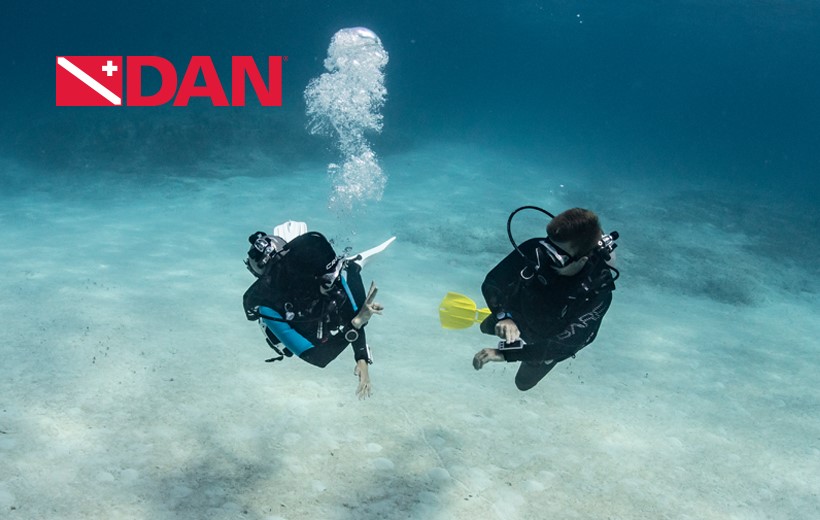boot show 2021 cancelled
"The continuing high level of infection and the fact that the end of the lockdown is not foreseeable for the time being make a resumption of trade fair operations at the end of April appear increasingly unrealistic", states Wolfram N. Diener, CEO of Messe Düsseldorf.
"We have reassessed the situation with our partners and jointly decided to cancel boot 2021 early. Our priority is the health and planning security of our exhibitors, visitors and service providers. All activities will now be focused on the successful staging of boot 2022."














